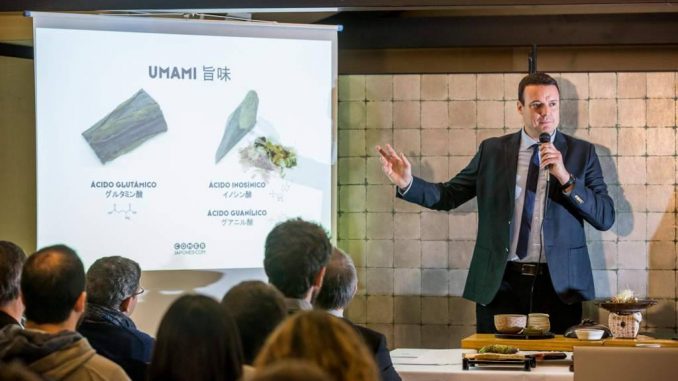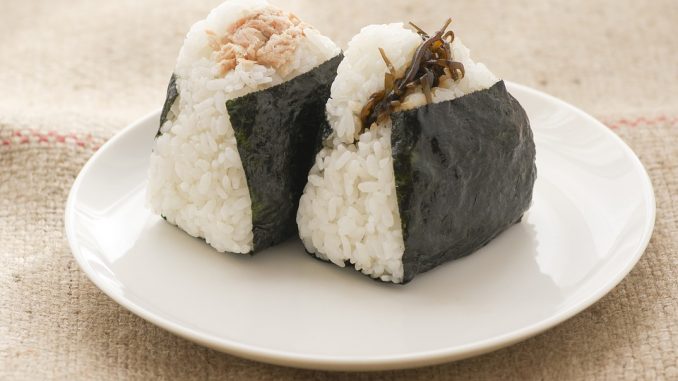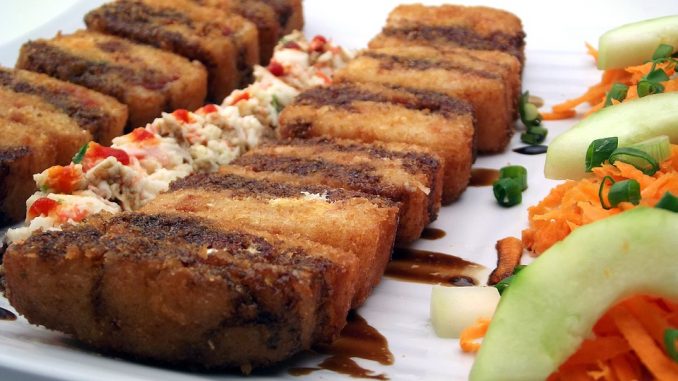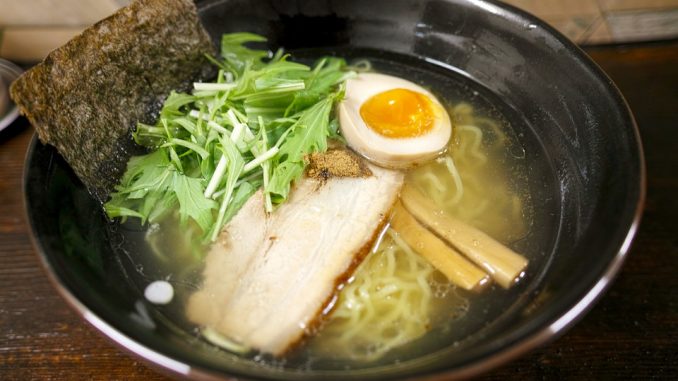
Greatly appreciated at the international level, traditional Japanese cuisine – known as “washoku” and declared by Unesco a “World Cultural Heritage” – did not settle in Cuba in a stable or authentic way. However, the idea of having on our island a representation of Japanese gastronomy is a possibility that, according to experts, is not far from reality, no matter how far both countries are geographically located.

For Spanish chef and blogger Roger Ortuño, founder and director of the website on Japanese cuisine in Spanish ComerJapones.com and coordinator of Japanese cooking workshops around the world, it might be possible to create legitimate Japanese cuisine in this part of the Caribbean.
“It exists in Brazil, Paraguay and Peru, fused with Creole cuisine. It is not a utopian dream but it is also true that it tends to simplify the local culture. I think everything has its proper time, it is necessary to do them at the right pace, to study, to adapt themselves to taste and to style at first. For example, seafood in Cuba can be used in a type of Japanese cuisine, you have to know how to find the point (the specific flavor) with elements present in Japanese cuisine”, he explains during his first visit to the island.
Ortuño, who gave several lectures about his specialty when he came to Cuba, explains that “washoku” differs from Western gastronomy by juxtaposing the flavors rather than fusing them. “It also uses certain ingredients which are recognizable in the West as something exotic. In addition there is an important element that is “umami”, which is produced with glutamic, guanylic and inosinic acids”, he says.

Umami as catalyst of flavor
The Chef, Professor of Gastronomic and Oenological Communication in Barcelona, adds : “When the food is cooked, marinated or fused with Dashi stock and produces “umami”, it can multiply up to seven times the intensity of the taste of food. This fact that produces more intensity of flavor is something that, sometimes, in small doses can even be addictive” (…) “Umami” is an exotic, a delicious but not a “boring” taste, when it happens in the food, it is very healthy, in general”.
Known for its emphasis on seasonality of food, regional diversity, quality and presentation of its ingredients, Japanese cuisine is listed as one of the best cuisines in the world. The Asian country, not in vain considered as a gourmet paradise, is also one of the countries where life expectancy is the longest in the world. Hence, there is a general consensus among several experts to link high life expectancy with quality of food.
In general, it is a very healthy food, according to Ortuño, it is not a very “fat” cuisine although there are also fried dishes but they are not oily. It is a cuisine that consists of vegetables, fish and carbohydrates and this way, it is very well balanced, the consumption of green tea that contains antioxidants is also significant.

Sankaku Tabe or to eat in triangle
“Since childhood the Japanese learn that it is advisable to eat more than 30 types of food daily. The traditional menu consists of a soup and three dishes of small portions, and is eaten in a way called “sankaku tabe”, which means eating in triangle to combine the flavors of each meal. They believe that eating in triangle is healthier”, he says.
Returning to the creation of Japanese cuisine on the island, the Chef notes that, in this first trip, he tried to understand how in Cuba is interpreted Japanese cuisine and he went to a specialized restaurant to eat “sashimi” and he thought it was “very good”.
“The potentialities must be found and yes, I think we can do Japanese cuisine and get the best of the Cuban product with Japanese technique, aesthetics and style and make it attractive”, he concludes.



